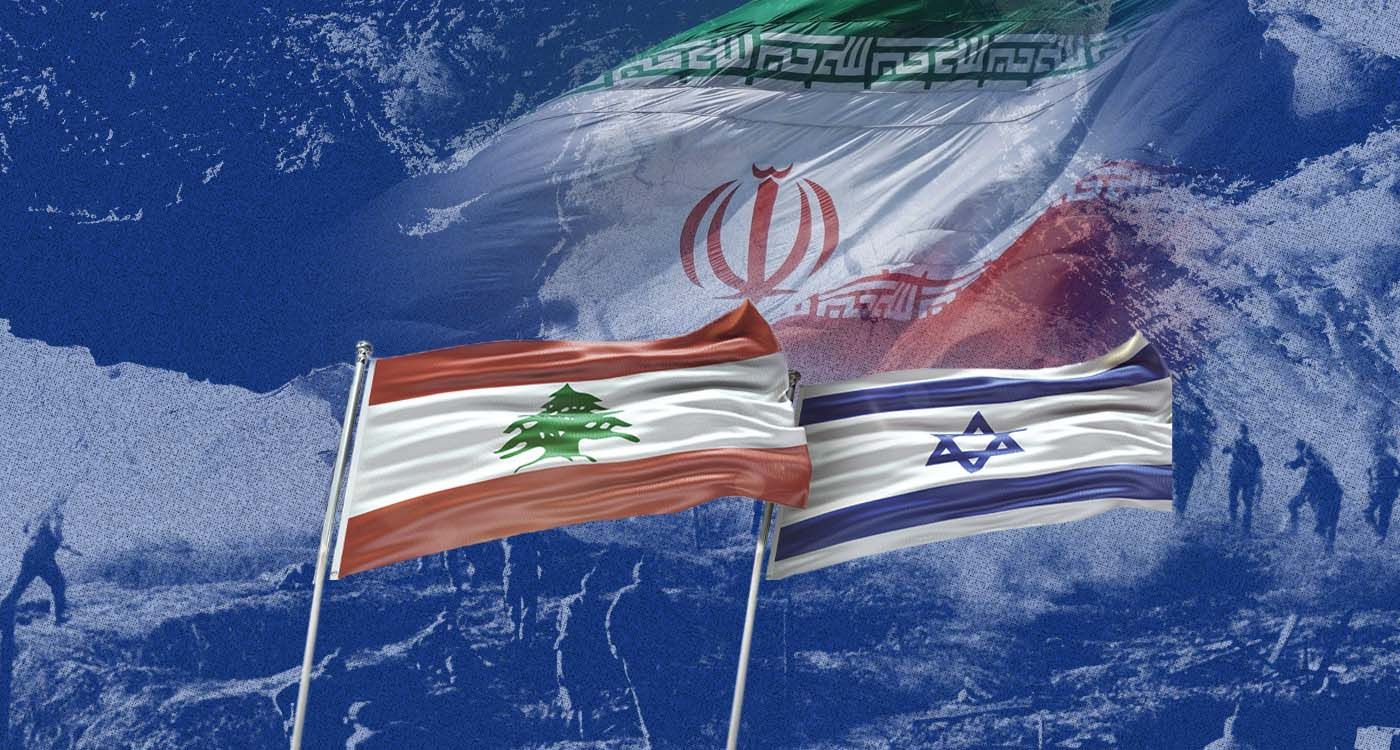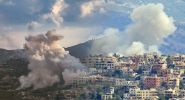- Home
- Middle East
- The Dynamics of a Changing Middle East

The Israeli counter-offensive is going far beyond the immediate national security concerns and setting the path for a new geostrategic configuration. The progressive destruction of the geopolitical platforms of Iranian regional expansionism is the inevitable outcome of a renewed political vision and its incidence on military strategizing and policymaking in this part of the world. The decrepit regional order and its attendant security hazards are no longer a fatality that Israel should adjust to. Israel, despite its small geopolitical stature, has come to terms with the idea of regime change as an imperative for survival and a necessary prelude for more stability in the Middle East. Israel has seized upon the emblematic massacres of October 7, 2023, to re-engage the conflicts on different terms and from a different perspective than the one that has prevailed so far.
The confrontation with Iran has become inevitable, and there are no chances for regional stability unless it is contained or literally defeated at an auspicious time when the regime is losing ground to Israel’s military superiority and ability to question the existing power equation, the foundational myths of the Islamic revolution, the future power projections in the Middle East, and the gravity of the pogrom and its imprints in the collective Jewish memory. While fighting for its survival, the creative strategizing of Israel geared toward geostrategic reconfiguration and the remapping of national security coordinates. There is no more room for borderline ambiguities, toleration of military buildup, and diplomatic equivocations based on long-term management scenarios.
The delaying tactics that postponed retaliation politics have nurtured political and strategic illusions and kept the Israelis away from major counter-offensives, except for 2006 and the ongoing war of 2024. The quietist political course was due to multiple political, diplomatic, and logistical considerations that have proven detrimental in the long run since it allowed Iran to work steadily on its nuclear and integrated battlefield programs and to fuel radicalism and anti-Semitism. The massacres of October 7, 2023, left no more room for skepticism and dithering since the security hazards of procrastination and their moral consequences would be devastating. The killing of Yahya al Sinwar and Ismail Haniyah is a major achievement after the liquidation of Hassan Nasrallah and his team and a crucial step towards the dismantling of the Iranian strategy in the Middle East.
The operational abilities of the Israeli army were hobbled by the tragic issue of Israeli hostages and the dramatic plight of civilians in Gaza who were instrumentalized as human shields. The same scheme of human shields and intentional victimization featured by Hamas and Hezbollah displayed the cynicism of political and military planning and the state of moral callousness that frames the decision-making process at both ends.
The destruction of the military platforms of both movements is self-validating and a necessary stepstone to move on to more elaborate objectives that relate to strategic power equilibriums and overall political settlement.
The magnitude and the boldness of the Israeli counter-offensive testify to the outstanding capabilities of the Israeli defense forces, to the urgency of security challenges, and to the timeliness of strategic consensuses despite war tragedies and their extensive exploitation by the anti-Israeli media. Israel was forced to engage “the fire belt” extending throughout the Middle East and realize that its future security and Middle Eastern stability prompt the eradication of the Iranian politics of subversion as a sequel to Islamic radicalization and its multiple incidences on regional stability and peace prospects regionally and worldwide.
This daring political and military move is preliminary to any diplomatic course; there are no chances for working negotiations without redressing the power imbalances and undermining Islamic radicalism. The containment of extremes in both camps is unlikely to happen unless power equilibriums are reset. Hamas should be defeated for the sake of a moderate and overhauled Palestinian leadership; Lebanon’s political liberalism and institutional politics conditional rehabilitation are correlated to the annihilation of Hezbollah; Syria’s frozen conflicts and political impasses and Yemen’s civil war depend on steering away from Iranian and Russian power politics and rebuilding their independent inner dynamics. In addition, Iran’s growing instability feeds Turkey’s anxieties and adds to its proliferating vulnerabilities. The regional tectonics are profoundly shaking, and their commotions extend from Pakistan to Turkey.
The scope of this war has broadened far beyond the immediate security concerns induced by the October 7, 2023, attacks and cannot be understood unless it dovetails with the new political vision and its underlying momentum. The Israeli counter-offensive overlaps with the Iranian integrated war platforms predicate and engages Iran on every single front extending between Yemen and the Near East. In addition, direct confrontation instruments a panoply of war strategies and coordinates with the domestic enemies, the downfall of the totalitarian dystopia and the organization of a soft transition that parries the hazards of violent regime change. The purview of this new strategy aims to secure stability, contain the unbridled effects of revolutionary transformations, co-opt the mechanisms of democratic transition and their consensual nature, and rehabilitate the endogenous nature of political change and its levers. In the meantime, the war is raging; Gaza, Lebanon, and the Middle East are in the midst of open warfare with its toll of human casualties, massive destructions, and uncertainties.
Read more



Comments